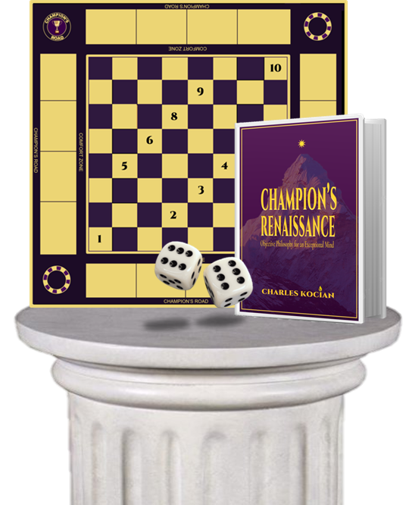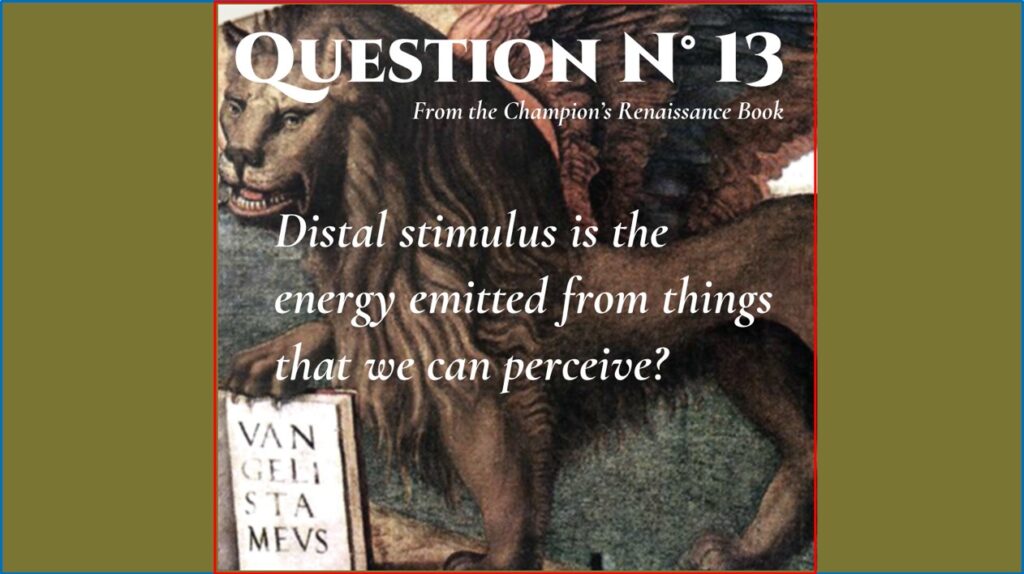
(Answer at the end).
PROPAGANDA
By Charles Kocian
The assassination of the Russian intellectual Alexander Dugin’s daughter is a big new this week. Kiev says they didn’t put the bomb in its father’s car but in times of war the truth is foggy. In all ages, during war or not, intelligence secrecy is related with propaganda.
From ancient times military intelligence and propaganda have existed to control people’s minds. Today Internet has provided new tools. It was the head of propaganda in Hitler’s Germany, Joseph Goebbels, that said: “if you tell a lie big enough and keep repeating it, people will eventually come to believe it.” Is that true? In the Internet era it seems some authorities are creating sophisticated lies to mislead the masses.
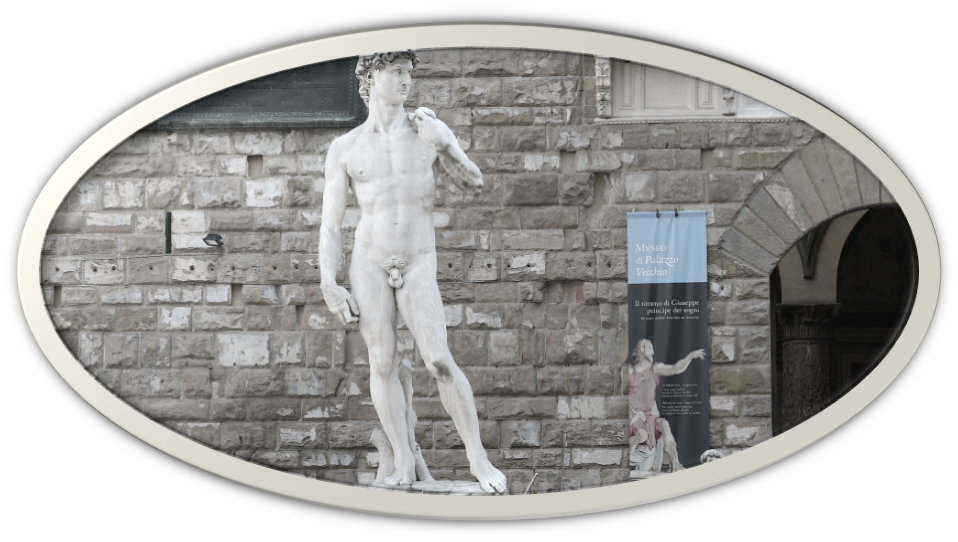
David by Michelangelo in Florence, Italy.
In a certain city of the Renaissance, art was used as a propaganda machine. That city was not Florence, because the Medici’s family who ruled Florence allowed and supported Michelangelo and Leonardo to make their own masterpieces. Their art works was to glorify the genius of the artists and not used as propaganda to glorify the City of Florence.
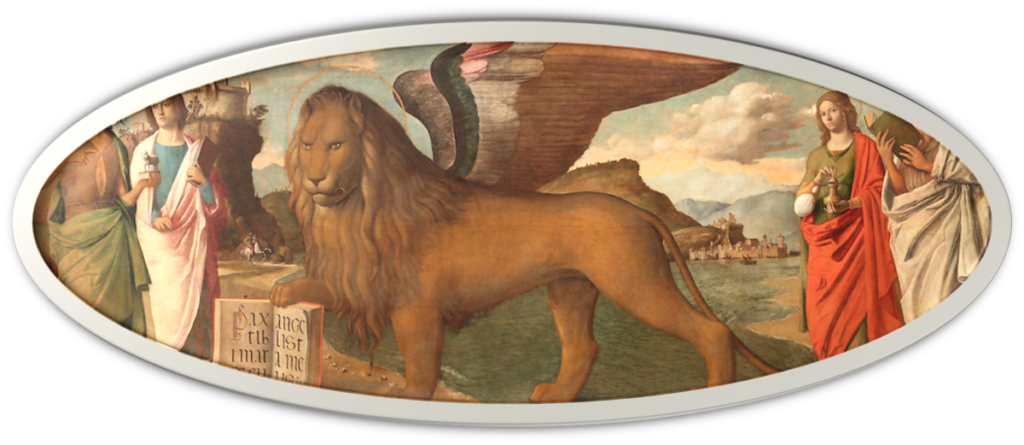
Lion of St Mark by Cima da Conegliano.
In contrast, the ruling families in Venice supported art as a propaganda tool. They wanted to communicate Venice’ glory to its citizens and the rest of the world. A great example is the motive of the “Lion of St Mark”. In contrast from Florence, Venetian rulers used art as State Propaganda just like the Roman Empire did.

The Fall of The West Roman Empire.
This makes sense when you know that the dynasties of Venice where the same Roman dynasties. This aristocrats migration happened after the year 476 when the Germanic king Odoacer deposed the last emperor of the Western Roman Empire. They runned out of Rome to secure themselves in the swamps that later become Venice. Centuries later, some historian says, the phoenicians and khazars dynasties joined them. Venice become a great comercial City State and one of the largest naval powers in the Mediterranean Sea, just like the Phoenicians where in the Bronze Age. For the Phoenician oligarchies, international trade and travel were prioritized and the focus of their city states was the rule of law.
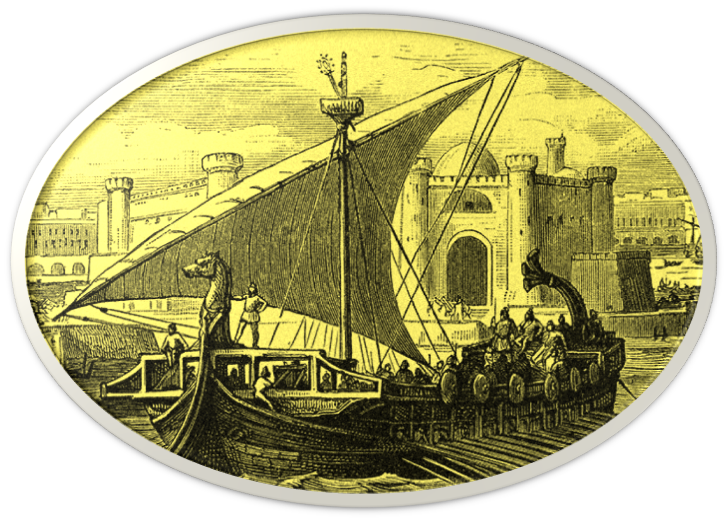
Phoenicians, masters of the sea and inernational commerce.
Propaganda is selective communication to further an agenda and is not necessarily objective. Its goal is to produce an emotional reaction in the masses rather than a rational scientific knowledge. In other words, propaganda is not interested in scientific truth but political power.
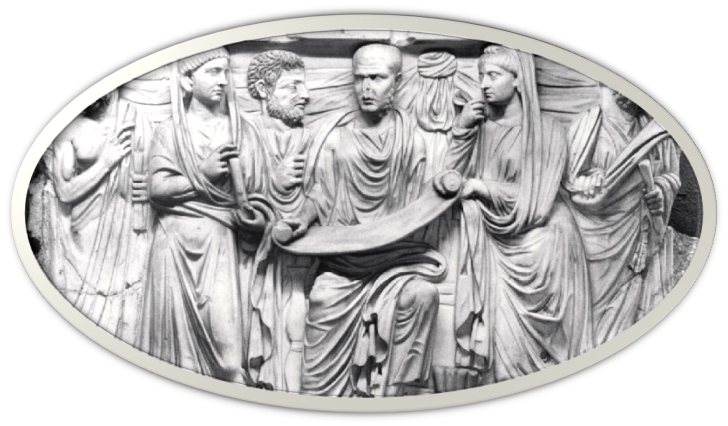
Athens’s Sophists.
In ancient Athens’s Sophists taught how to elaborate the best in competing narratives. Instead of seeking Socrates’ absolute Truth, Sophists saw truth as whatever the rulers of a community have wanted to install as truth.
Sophists don’t invite rigorous evidence review but provide a priori conclusions to manipulate masses reason. In short, the goal of Sophists was not to use persuasion to show an objective truth but rather compliance to some narrative’s political agenda.
Plato distinguish sophists from philosophers. For him, sophists were persons who made his living through deception; philosophers, the lovers of wisdom who sought the truth.
CONCLUSION
Cultural beliefs are not necessarily scientific truths.
Now answer to question 13.
QUESTION N° 13
Emitted energy from things is the first stage of sensory perception and it is called distal stimulus.
a) True
b) False
The answer is: True.
Leave your comments here.
